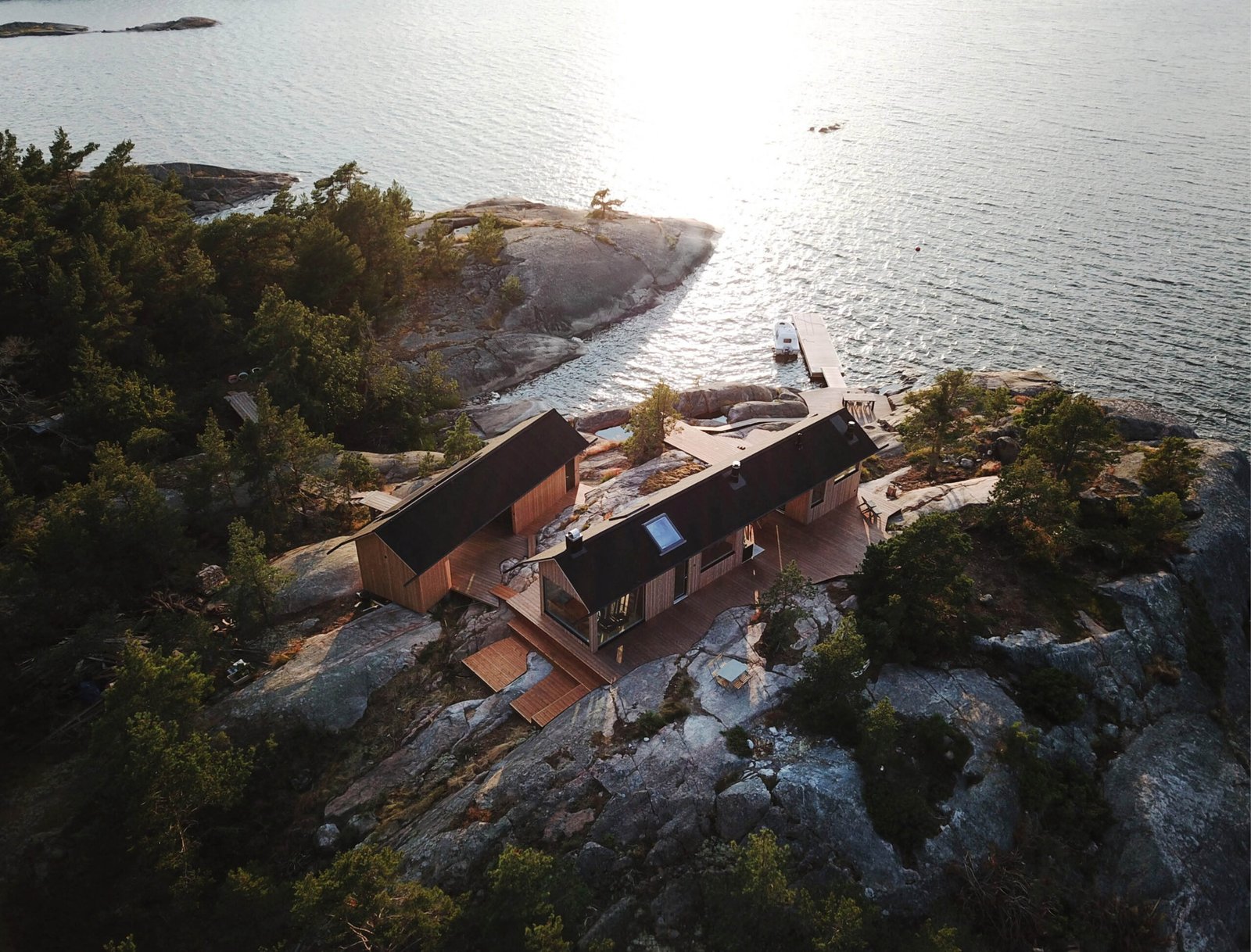Interview Patrick Kasingsing
Images Marc Goodwin


Hello Marc! Glad to have you back! Can you school us in on your latest assignment?
At the time of writing I am shooting country pavilions at Expo Dubai 2020 as well as an amazing museum and animal sanctuary in Fujairah.
This isn’t your first time on our ‘digital’ pages (2016) and since then, a lot has happened (political upheaval, reckoning on racism, a pandemic, etc.). Has anything changed in the way you now approach architectural photography as a response to these external forces?
I travel to a lot fewer places (the absence of China is especially noted) and am getting really good at having my sinuses poked and prodded and strangely used to all the new paperwork needed to board a plane. And it seemed like a hassle before, right? However, my approach to photography has changed little other than to rely on less equipment for some strange reason. I think I want to focus my focus and reducing focal lengths is one way of doing that.
In connection to this, has your definition of archmospheres changed? Would you say that today’s climate of change and increasing discourse on inclusivity validates your approach all the more?
I notice people use the word atmosphere a lot more now when we are speaking about shoots. I don’t know if that has anything to do with my focus on that or just that we have all arrived at the same place at the same time. Either way, it is great to see.




You are in the midst of a herculean task: covering projects and studio spaces all over the globe that will comprise your planned Atlas of Architectural Atmospheres. How much work has been done so far and how much more needs to be done? Did you set yourself a hard deadline or is this a project that will find completion at your own pace?
So this is the thing that has been hardest hit by the lockdown. I was set to publish the Europe volume this year but since no one was going into the studio for months and few people are going at the moment, I’ve found architects less receptive than before. Basically, I’ve hit the pause button like so many other people have done in other ways for other reasons.
In what form will this Atlas come in and what is your desired goal and response for this undertaking? Is the Atlas geared towards the architecture and design community, the everyman?
The working principle, the center of the bullseye, is Phaidon’s amazing Atlas of 21st Century Architecture.
Your architectural photography is both refreshing and unorthodox for some studios and firms who are still clinging to the status quo of architectural depiction in photography: blue skies, immaculately clean, devoid of clutter and crowds. Have you had to convince a client over to your approach? What do you usually point out or use to bolster your case? To follow, have you said no to architectural photography commissions for differences in philosophy?
This seems to be changing. It is gratifying to see that people have on the whole stopped treating architectural photos like postcard photography. Good architecture no longer needs good weather it would seem. We move forward one funeral at a time, as they say about science.

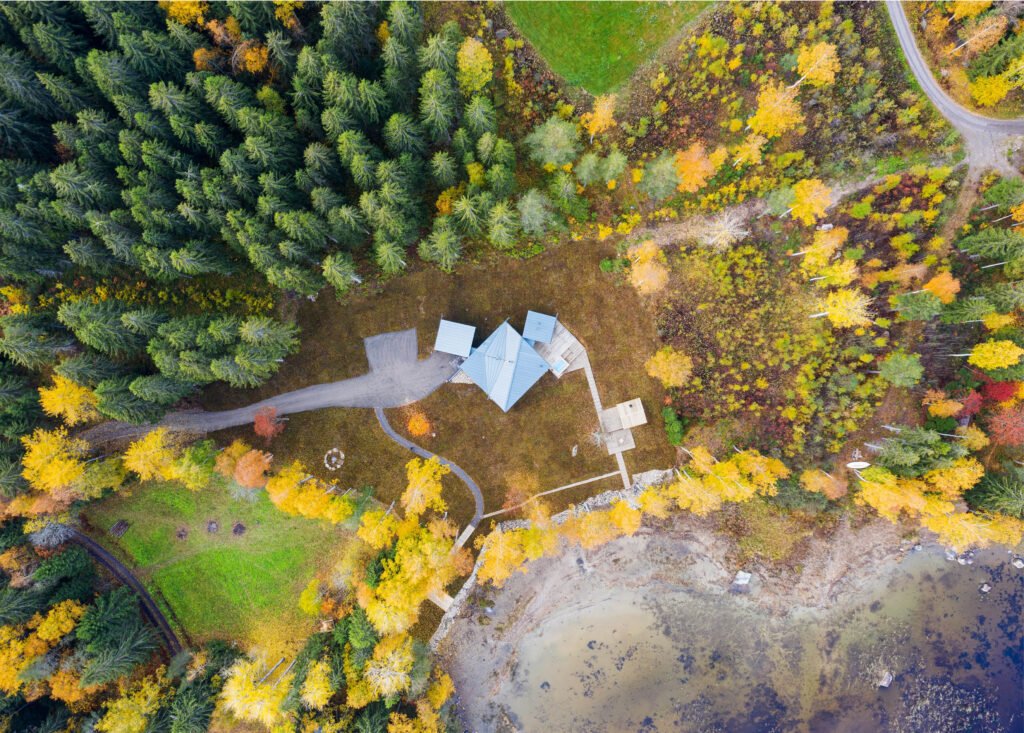

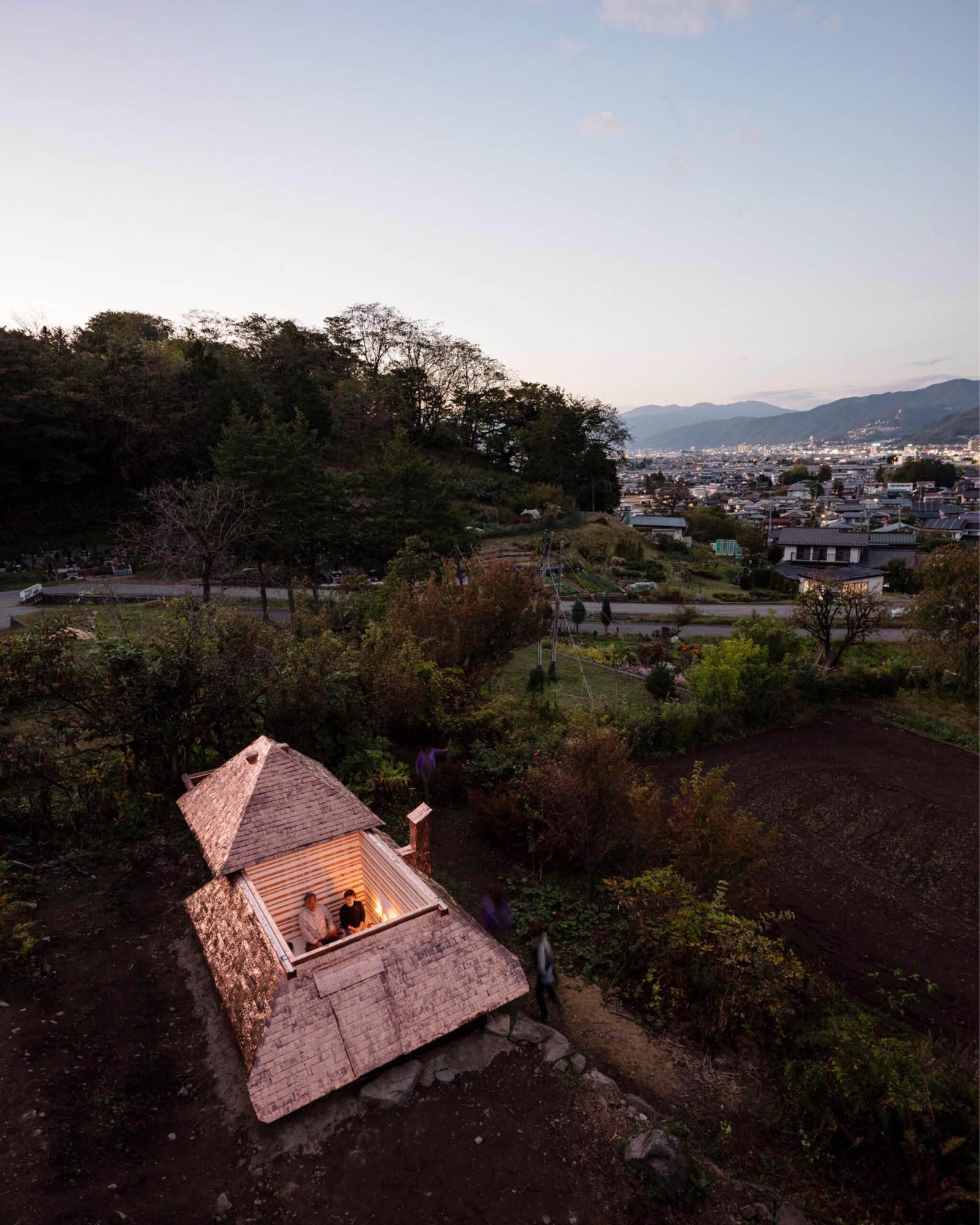
Works by Terunobu Fujimori 
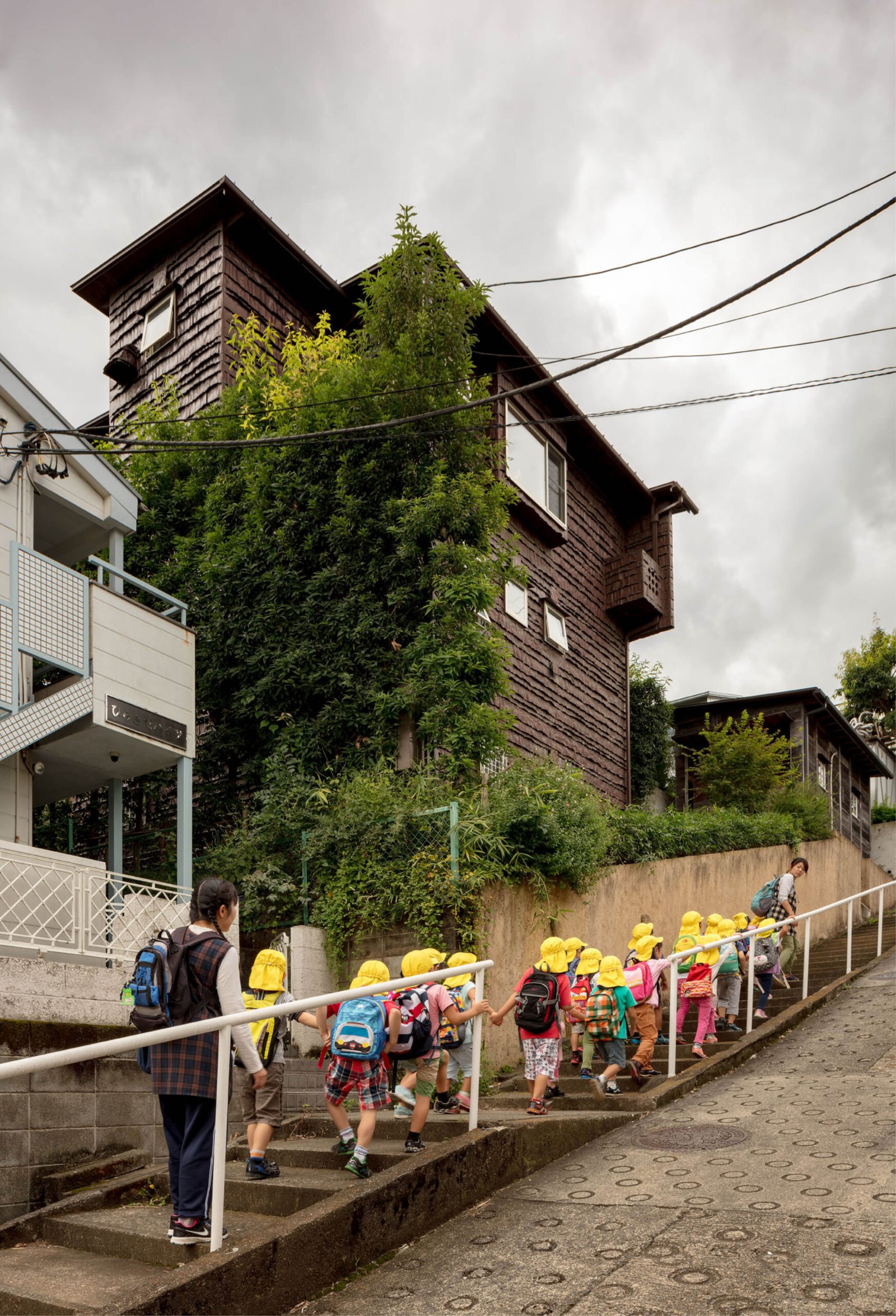
Works by Terunobu Fujimori
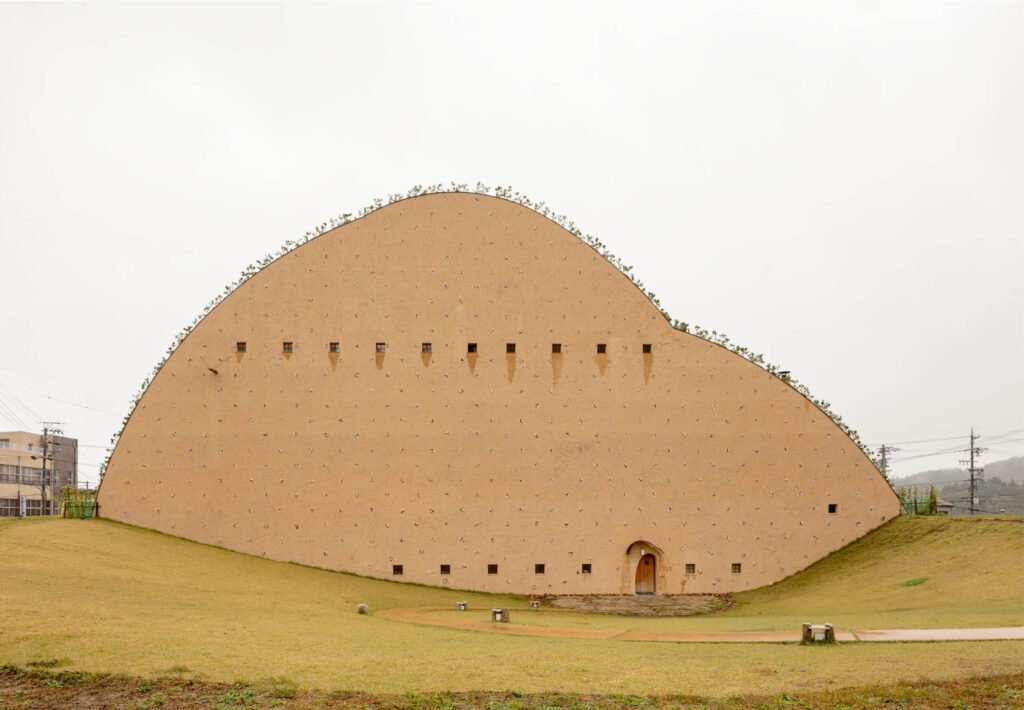

Architectural photography is both parts factual documentation of reality, but also creative expression. Would you say that there are wrong approaches to architectural photography? Where does one draw the line in the depiction of built architecture and urban spaces?
An editor of a prestigious architecture journal once said to me, “expressive photography is too expressive”, and a designer I once shot for complained about my large format camera being used to distort the product. I can see both of their points. The limit has to be where you no longer show anything about the designers’ design. It’s a joint effort. You should express your creativity without completely suppressing theirs.
You’ve made your rounds of offices and studios in various sizes around the world for your Architecture Studio Atlas. What would you say are the most striking commonalities and differences you’ve noted between these spaces both in atmosphere and work setup?
They really do fall into S, M, and L sizes. The S ones are basically startups that could be tech companies in someone’s garage in Silicon Valley in the ‘80s. The medium ones tend to be where people have a bit of money and a solid client base so they really splash out on representation, and finally, the large ones are corporate offices that tend to lack personality and charm. But of course, there are exceptions to each!
We know it’s hard to play favorites but which studio and office space resonated with you the most?
So many! Also, time is flying by and I am starting to forget the distant ones. I will say I had an amazing time in the Netherlands and am eager to return there. It’s the combination of the personal, relaxed but professional atmosphere combined with a rich architectural environment. Plus, I like trains.


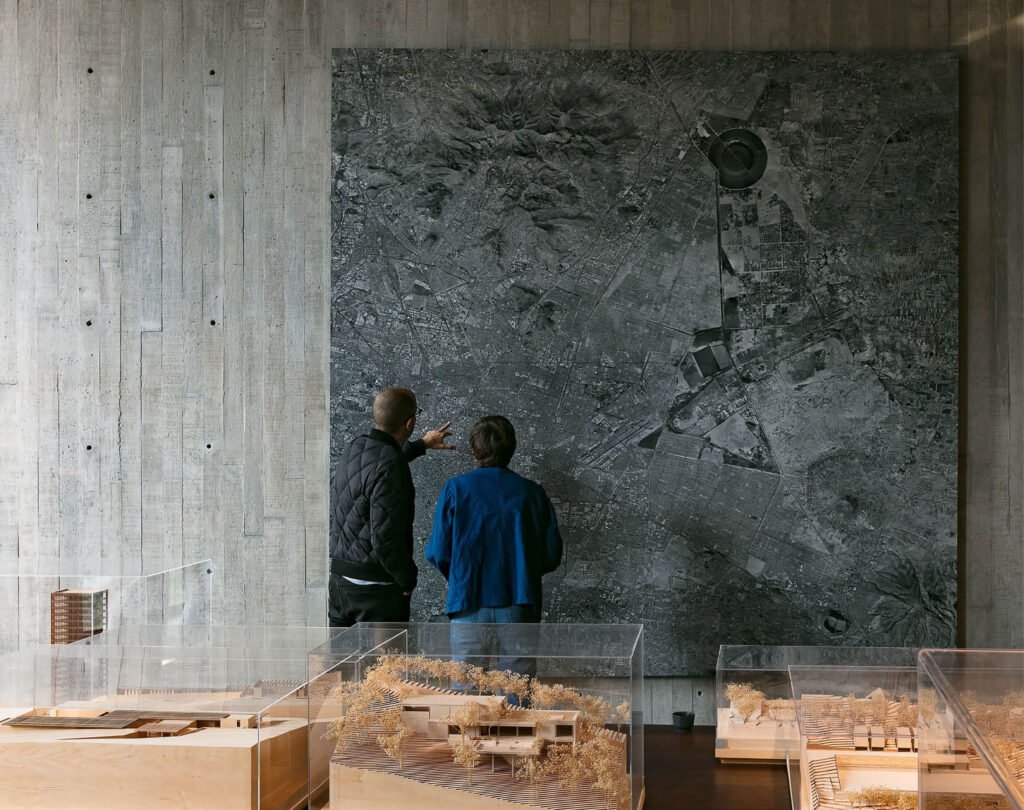
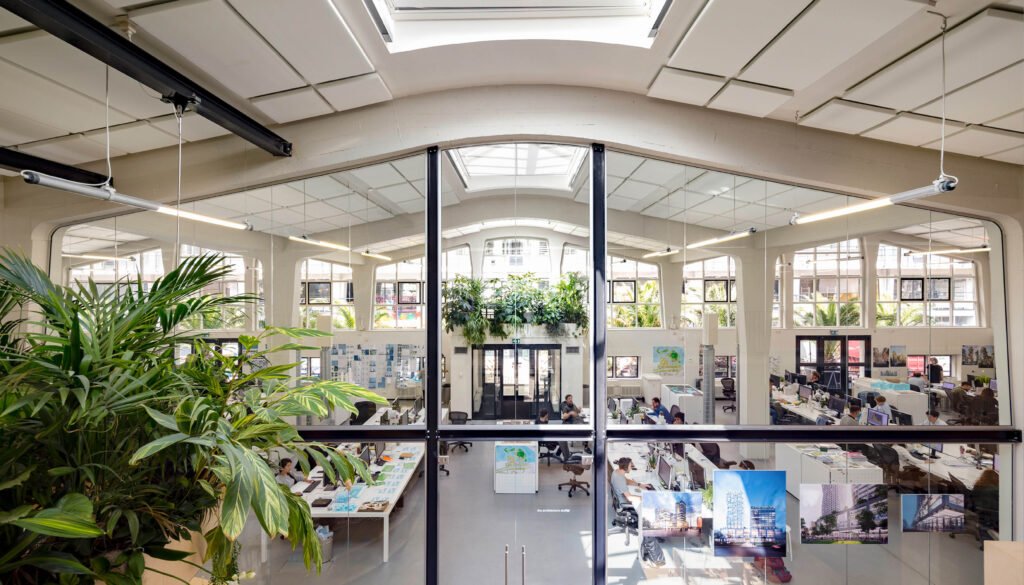
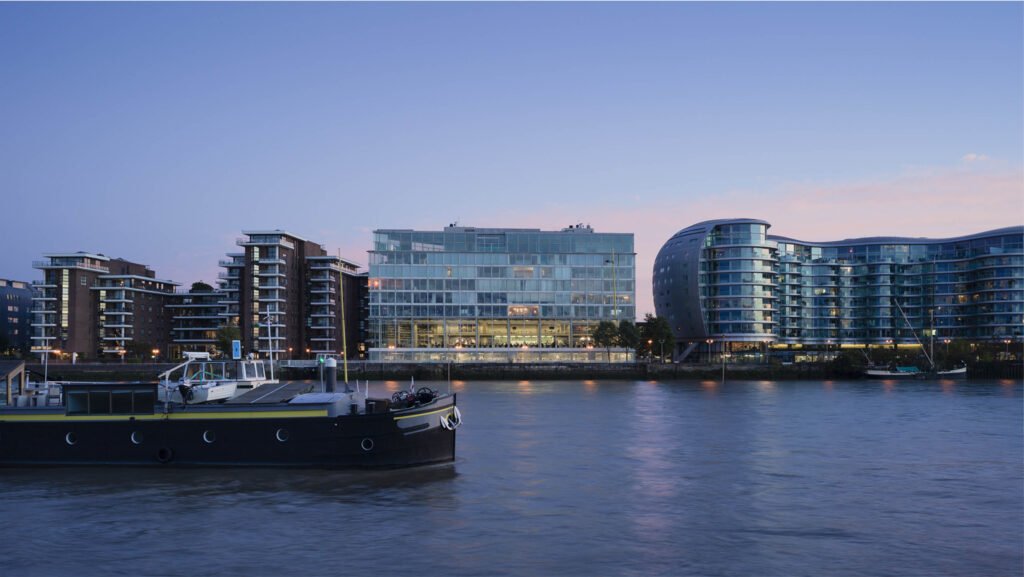
How do you go about determining the studios to visit? Have some firms and studios said no to your visits?
I tend to rely on local expertise. I am lucky to have a great network to go through. I will say that several amazing people at ArchDaily have been very kind and generous with their time. This idea started with them and they have remained involved in one way or another all along.
As for your second question—Yes! and perhaps I shouldn’t name names, but Nouvel in Paris surprised me by saying no! I was really eager to see their studio, too. A few people in Spain never got back to me. And Gehry said no as well. That’s it!
What truths about the human condition has architectural photography revealed to you in your career journey thus far?
Your question brings to mind the book by Hannah Arendt where she distinguishes meaningful work from repetitive labor. Perhaps more than ever, those of us who get to do what we love should be grateful and give back where we can.
Architectural photographers wield power in that their perspective of spaces is what most people see; the potential of a space to be photogenic, or Instagrammable has even affected how new spaces are designed. What are your thoughts and how does knowledge of this affect the way you work and portray architecture?
I was thinking about this the other day flipping through a book of essays and mostly contact sheets of Lucien Herve’s shoots of Le Corbusier’s buildings. I was surprised by how student-y they looked. That sounds like an incredible insult no doubt, but it’s not. Students have a lot of enthusiasm (at least the good ones) and do their work for several reasons but immediate financial return is not one of them. That’s delayed gratification. The point is not that I want to work for free! Rather, that enthusiasm for light, shadow, and line, which focused vignettes of Le Corbusier’s designs onto the printed page, is something we see all too little of. Helene Binet is the obvious heir to the throne. But I wish more of us would take tighter pictures that depicted light without leaving the building behind or vice versa.

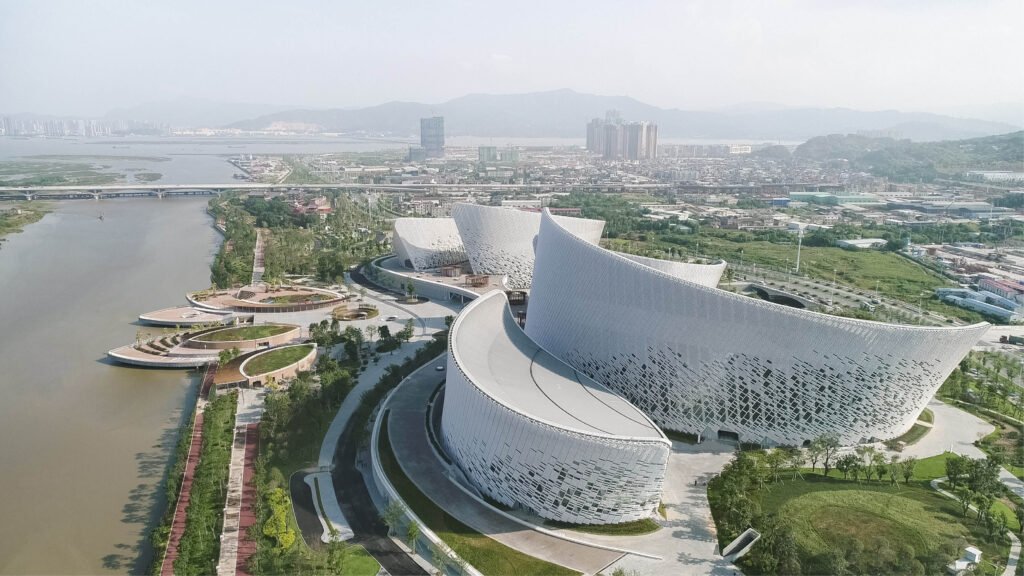


You’ve started a series of IG TV interviews under the title, the Business of Archiphoto. What do you seek to achieve with these casual and enlightening conversations? You’ve already interviewed someone from a huge design firm, a China-based studio, even a lawyer, and a serial entrepreneur. Are there other people from various fields you still want to talk to?
Thank you for asking that question! I am hoping to get more people involved once I find the time. Perhaps readers will contact me if they are interested in participating. Basically, when I wasn’t able to travel I thought I should use the time to speak more with clients and colleagues about the work we would like to be doing. Then I wanted to speak to legal, financial, and wellness professionals publicly to get advice and share it with others. Also, the idea is to have an actual briefing (or several) over IGTV to share the process with anyone interested. Stay tuned!
You are probably dreading a COVID-19-related question but there’s no denying the elephant in the room: as a documenter of architecture and urban spaces, how do you foresee the pandemic changing the way our built spaces are designed and planned?
A blessing this year has been the opportunity to shoot off-grid cabins and concept hotels in Finland. They are all about a response to the new normal.
The pandemic has largely imprisoned us in our homes, but has it birthed new hobbies or passion projects from your end?
I’ve been to a lot fewer countries but since May last year, I have been traveling nearly as much as ever. Plus I am teaching a really exciting architecture theory course online. No time for new hobbies! But I do plan to restore an old stone house in the countryside this year. That will be a dream come true. I will of course take pictures of the project. •
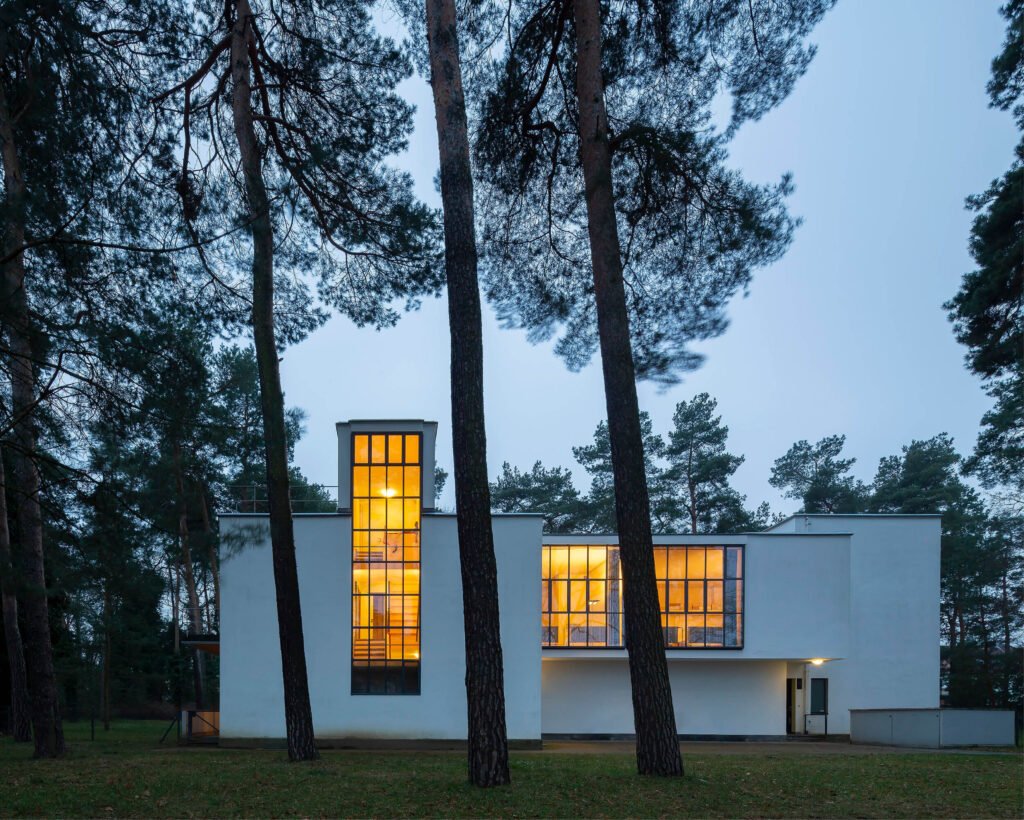



Architecture and atmosphere at @archmospheres
